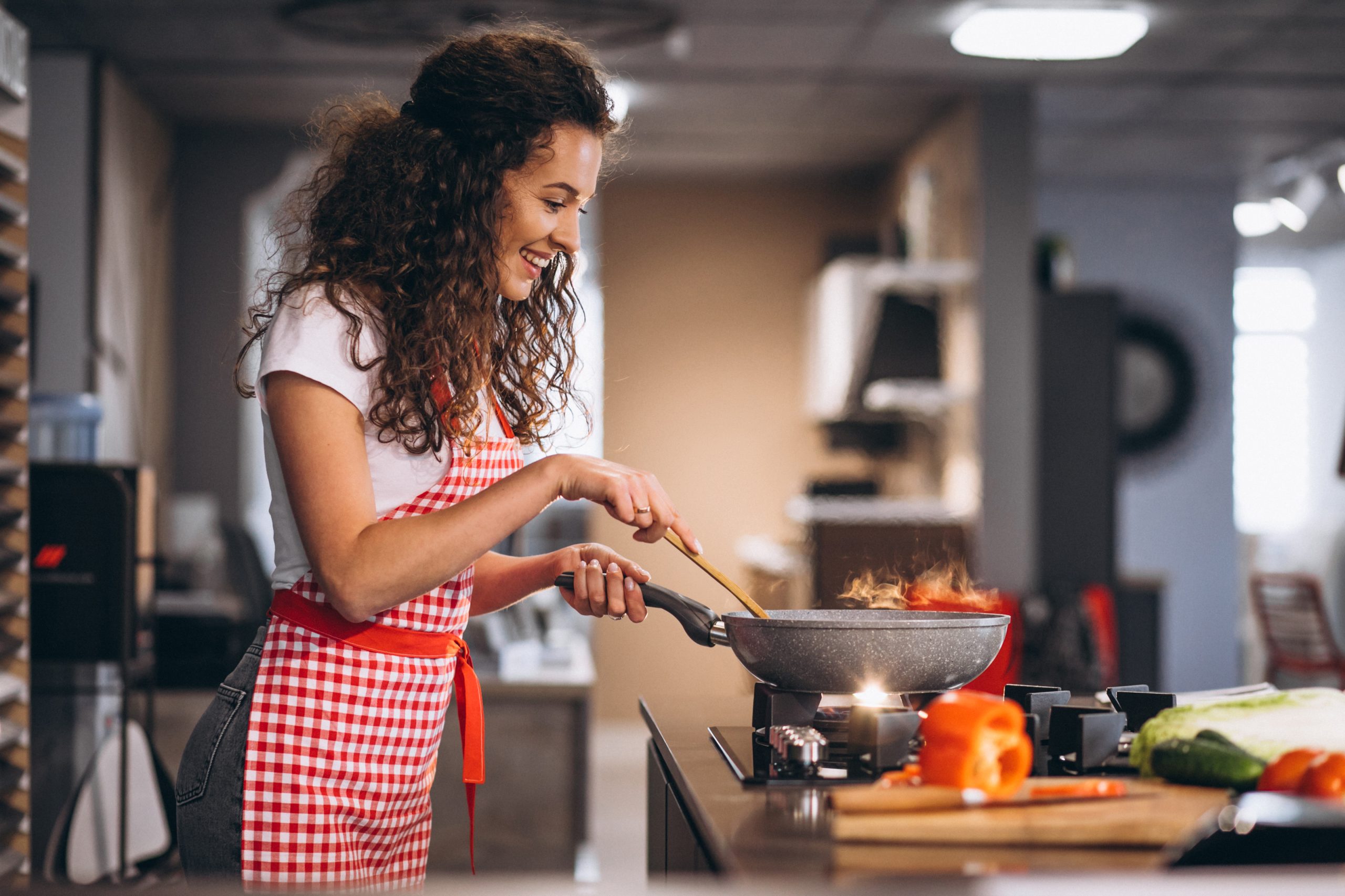Mastering the Best Techniques for Making Homemade Pasta
There’s something truly magical about homemade pasta—the way fresh dough transforms into tender, flavorful strands that elevate any meal. In fact, a 2024 study by the Food and Agriculture Organization reveals that over 60% of home cooks worldwide have embraced making pasta from scratch. Ready to ditch store-bought for good? Let’s explore the techniques that will help you craft perfect pasta every time, turning your kitchen into an Italian trattoria.
Also to see : What are the essential spices every home cook should have?
Essential Ingredients and Tools for Perfect Pasta Dough
Making pasta from scratch in an English kitchen might seem daunting, but it all begins with just a few key ingredients. The classic trio—flour, water, and eggs—forms the backbone of every pasta dough. In the UK, using strong white bread flour or “00” Italian flour can make a noticeable difference, lending that perfect balance of elasticity and bite to your pasta. Adding eggs enriches the dough, giving it a silky texture that’s both tender and robust.
But ingredients alone don’t guarantee success. The right tools can transform your pasta-making experience. A sturdy rolling pin or a pasta machine eases the task of achieving thin, even sheets, while a sharp knife or a pasta cutter helps create neat shapes without tugging at the dough. Don’t overlook a clean surface and a bit of patience—these are your allies in mastering the perfect pasta texture at home. With these essentials, your kitchen will quickly feel less like a battleground and more like a charming Italian trattoria.
This might interest you : How can I make homemade sauces that elevate my dishes?
Step-by-Step Techniques to Perfect Your Homemade Pasta
Making pasta at home is a rewarding experience, and with a little guidance, you can achieve truly delicious results. The magic lies in mastering each step—from mixing to cutting—while avoiding common pitfalls that can affect texture and taste.
- Mixing the dough: Combine flour, eggs, and a pinch of salt. Use your hands or a fork to gently bring the ingredients together. Avoid adding too much water, which can make the dough sticky.
- Kneading: Work the dough on a floured surface for about 10 minutes until it’s smooth and elastic. This step develops gluten, giving your pasta that perfect bite.
- Resting: Wrap the dough in cling film and let it rest for at least 30 minutes. This relaxes the gluten, making it easier to roll out and preventing shrinkage.
- Rolling: Roll the dough thinly, dusting with flour to prevent sticking. You can use a rolling pin or pasta machine—just take your time to get even sheets.
- Cutting: Shape your dough into ribbons or any form you like. Use a sharp knife or specialized cutters for clean edges that cook evenly.
By following these simple yet essential steps, your homemade pasta will boast a delightful texture and flavour every time—no matter if you’re a kitchen novice or a seasoned cook.
How to Achieve the Ideal Pasta Texture Every Time
Getting that perfect pasta texture is more art than science, yet understanding a few key elements can make all the difference. It begins with the dough’s hydration—too dry, and your pasta turns tough; too wet, and it becomes sticky and difficult to handle. Achieving the right balance means adding water gradually, just enough to bind the flour without overwhelming it.
Next, kneading is where muscle meets patience. A firm but gentle pressure helps develop gluten, giving the dough elasticity and that satisfying bite you crave. Overwork it, and you risk a dense, chewy mess; under-knead, and it will fall apart during cooking. Think of it like a handshake—confident, not crushing.
Resting the dough is often overlooked, yet it’s crucial. Allowing it to relax for at least 30 minutes, ideally wrapped in cling film, helps the gluten strands unwind, making your pasta easier to roll and shaping its final texture. When it comes to cooking, timing is everything. Drop your pasta into boiling, salted water and keep a close eye—fresh pasta cooks quickly, often under two minutes. Resist the urge to overcook; al dente is where texture sings, firm yet tender.
By paying attention to these details—from dough hydration to cooking time—you’ll move past common pitfalls and create pasta that delights every palate, every time.
Creative Variations and Tips to Elevate Your Pasta Making
When it comes to pasta, creativity is your best friend. Swapping traditional flour for alternatives like semolina, chestnut, or even chickpea flour can transform your dough’s texture and flavour, inviting new culinary adventures at your kitchen table. A pinch of saffron or fresh herbs kneaded into the mix adds subtle, delightful nuances that surprise the palate.
Shaping pasta offers another layer of artistry. Beyond classic ribbons and tubes, experiment with twists, folds, or even rustic hand-cut shapes. Each style tells a story and carries sauce differently, altering the overall experience. Don’t hesitate to share your unique pasta creations with fellow enthusiasts – your stories might inspire the next kitchen experiment!
Common Mistakes When Making Pasta at Home and How to Avoid Them
Making pasta from scratch at home is a rewarding adventure, but it’s easy to stumble on a few classic pitfalls. One frequent hiccup is overworking the dough. While enthusiasm is great, kneading too much can turn your pasta tough rather than tender. Think of it as coaxing the dough gently, not wrestling it into submission.
Another common error is improper drying. Leaving fresh pasta to dry too long or in a humid spot can either make it brittle or sticky. A quick tip? Spread your pasta out in a single layer on a clean surface and let it air dry for just the right amount of time—usually about 15 minutes—before cooking or storing.
And if you’ve ever rushed through the process, skipping that crucial rest time for the dough, you might have noticed it’s harder to roll out smoothly. Patience here works wonders, allowing gluten to relax and making the whole experience easier and more enjoyable.
By keeping these simple points in mind, you’ll soon find making homemade pasta less of a chore and more of a joy—plus, you get to impress everyone at the dinner table!
Frequently Asked Questions About Homemade Pasta Techniques
What are the key techniques for making perfect homemade pasta?
Start with a well-rested dough and roll it evenly. Keep flour handy to prevent sticking, and cut pasta to consistent thickness for even cooking. Practice makes perfect—don’t rush the process!
How can I improve the texture of my homemade pasta?
Use high-quality flour and eggs, and knead your dough until smooth and elastic. Letting it rest helps gluten develop, giving your pasta that perfect bite and chewiness.
What ingredients and methods are best for fresh pasta at home?
Choose ‘00’ flour for softness or semolina for bite. Fresh eggs enhance flavour and colour. Mix gently, then knead thoroughly, followed by resting before rolling out your dough.
Are there any tips to avoid common mistakes when making pasta from scratch?
Don’t overwork the dough or it’ll get tough. Keep your workspace floured but avoid adding too much. Lastly, boil pasta in plenty of salted water for the ideal texture.
Which tools are essential for perfecting homemade pasta techniques?
A pasta machine simplifies rolling and cutting uniformly, but a rolling pin and sharp knife work fine too. For consistent shapes, consider a cutter or stencil set. Quality tools make the process smoother.

